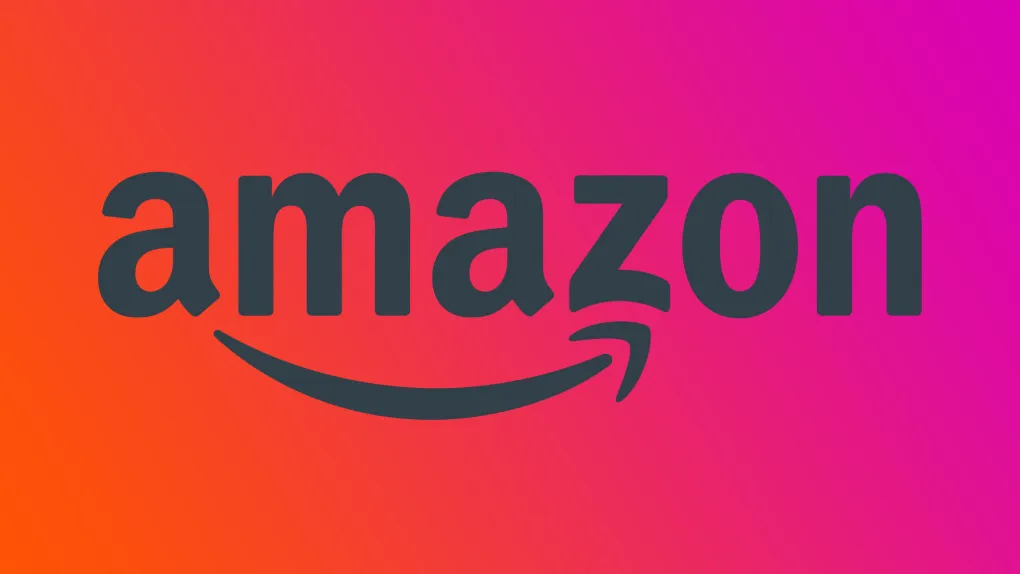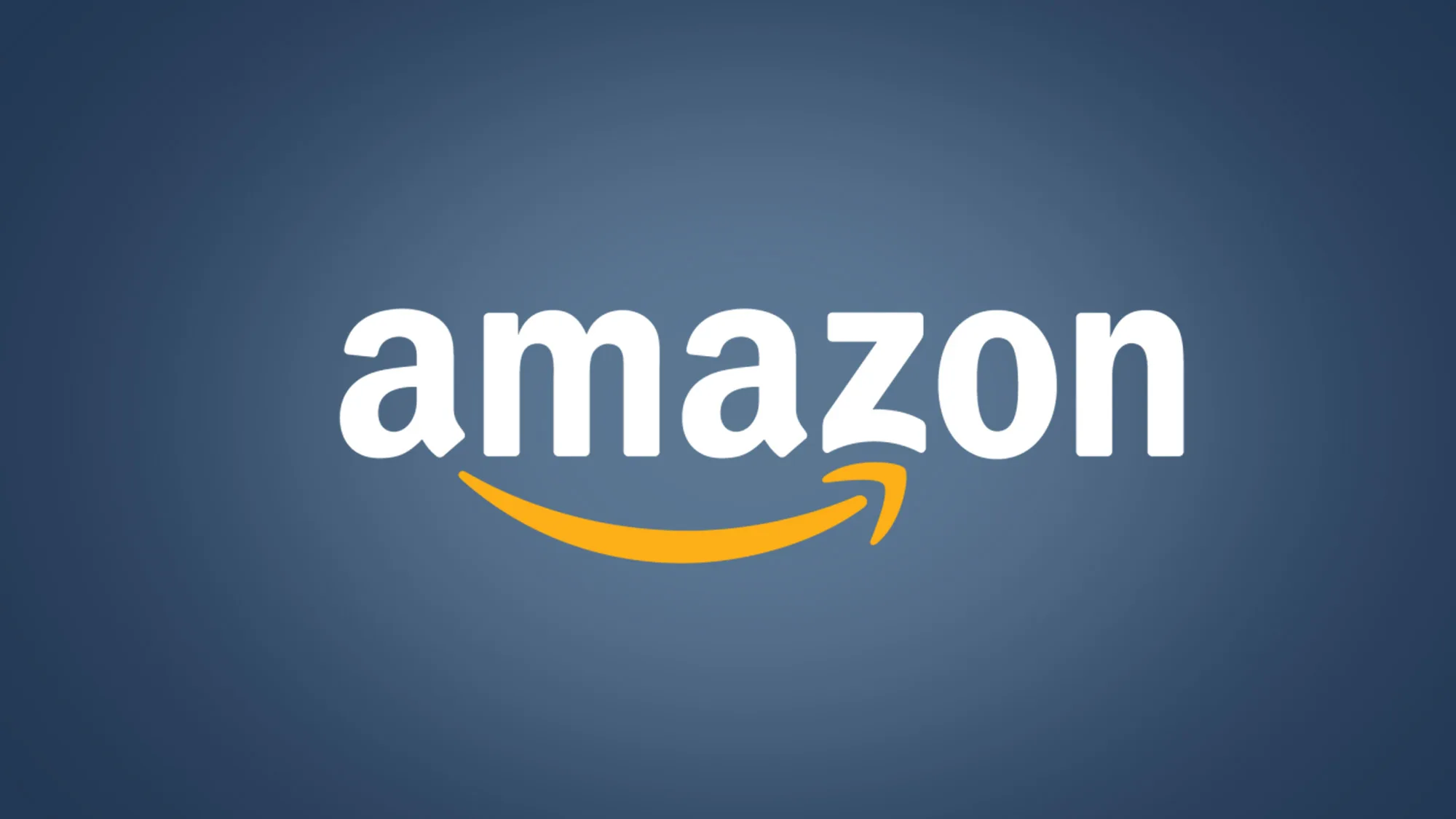Interested in the world of mergers and acquisitions, specifically when it comes to Amazon? Perhaps you’re an investor looking for detailed information on Amazon’s history of mergers and acquisitions. Well, look no further because this article has got you covered!
As someone who is fascinated by the business world and has been studying and researching Amazon’s strategies for years, I can confidently say that I have a thorough understanding of their M&A game. And now, I want to share that knowledge with you.
In this comprehensive guide, we’ll dive into the ins and outs of Amazon’s past mergers and acquisitions. From big-name purchases like Whole Foods to lesser-known deals, we will cover it all. We’ll also discuss how these moves have impacted Amazon’s market dominance and what it could mean for future investments.
So whether you’re a seasoned investor or just curious about the inner workings of one of the biggest companies in the world, sit back and get ready to learn all about Amazon’s M&A history! Let’s get started!
So, Amazon mergers and acquisitions?
Amazon, one of the largest and most successful companies in the world, has a long history of mergers and acquisitions. In fact, since its founding in 1994, Amazon has acquired over 100 companies.
Mergers and acquisitions (M&A) are when two companies combine to form one larger company or when one company acquires another. These types of transactions can have a significant impact on both the acquiring company and the target company’s stock prices.
For investors looking to understand Amazon’s growth strategy and potential future performance, it is important to understand their M&A activity. Let’s take a closer look at Amazon’s approach to mergers and acquisitions.
Firstly, why does Amazon engage in M&A? Like many large corporations, Amazon uses M&A as a way to expand its business offerings, enter new markets or gain access to new technologies. By acquiring other companies with established customer bases or innovative products/services, Amazon can quickly grow its presence in various industries.
One notable example of this was Amazon’s acquisition of Whole Foods Market in 2017 for $13.7 billion. This move allowed them to enter the grocery market and compete with other major retailers like Walmart.
Another reason for Amazon’s M&A activity is their desire for vertical integration – owning every step of the supply chain from production to delivery. For instance, they acquired Kiva Systems in 2012 which specialized in warehouse automation technology that helped improve efficiency within their fulfillment centers.
So how does an investor evaluate an M&A deal involving Amazon? There are several key factors to consider:
1) Strategic fit: Does the acquisition align with Amazon’s overall business goals?
2) Financials: Is it financially feasible for both parties involved? Will it add value for shareholders?
3) Cultural compatibility: Will there be any conflicts between the cultures of both companies?
4) Regulatory approval: Are there any regulatory hurdles that could prevent the deal from going through?
5) Integration plan: How will the two companies merge and integrate their operations? Will it be a smooth transition or could there be potential challenges?
It is also important for investors to keep in mind that not all M&A deals are successful. There have been instances where Amazon’s acquisitions did not perform as expected, such as their purchase of Diapers.com in 2010 which was eventually shut down.
In conclusion, understanding Amazon’s M&A activity can provide valuable insights for investors. By evaluating each deal carefully and considering key factors, investors can better understand the company’s growth strategy and make informed decisions about their investments.
Amazon’s History of Mergers and Acquisitions: An Overview
Since its humble beginnings as an online bookstore in 1994, Amazon has strategically expanded through a series of mergers and acquisitions that shaped its diverse portfolio. Each acquisition has added a fresh layer to the company’s identity, transforming it into the multifaceted giant we see today. For instance, when Amazon acquired Zappos in 2009, they didn’t just gain a shoe retailer; they also embraced Zappos’ celebrated customer service philosophy. This move highlighted how Amazon values not only products but also exceptional experiences for its customers. Similarly, acquiring Whole Foods in 2017 allowed Amazon to dip its toes into the grocery sector while enhancing delivery services with new logistics.
Moreover, these strategic moves have propelled technological advancements within the company. The purchase of Twitch in 2014 underscored this direction by tapping into the burgeoning world of live streaming and gaming culture—a market that continues to grow at an astonishing rate. By integrating different industries under one umbrella, Amazon creates synergies that benefit customers and drive innovation forward. As Amazon progresses through future acquisitions or partnerships, it will likely remain focused on enriching user experience while solidifying its position across various sectors that influence daily life globally.
Key Factors Driving Amazon’s M&A Strategy
When we think about Amazon’s success, it’s fascinating to see how its mergers and acquisitions shape the company. One key factor driving Amazon’s M&A strategy is its desire for diversification. By acquiring companies in various sectors, such as grocery stores like Whole Foods, Amazon expands beyond just e-commerce into new markets. This move not only helps them reach more customers but also reduces risk by spreading their interests across different industries. Another important aspect of this strategy is technology acquisition. Companies like Zappos and MGM bring unique technologies and expertise that enhance Amazon’s capabilities in areas like logistics or digital content.
Additionally, the competitive landscape drives these decisions significantly. As new players emerge with innovative approaches, acquiring established businesses allows Amazon to stay ahead of trends and competitors alike. The speed at which consumer preferences change necessitates a proactive approach; thus, strategic acquisitions can rapidly bolster market position and improve services offered to customers. Moreover, expanding their talent pool through M&As means tapping into teams that possess fresh ideas and insights vital for innovation.
Overall, these factors intertwine seamlessly within Amazon’s overarching vision—an ever-evolving giant aiming to provide unparalleled customer experiences while maintaining its edge in a fast-paced marketplace.
Read also: who are Cisco Systems, Inc.’s joint venture partner
The Impact of Amazon’s Acquisitions on its Market Dominance
Amazon’s journey to market dominance has been significantly shaped by its strategic acquisitions. Through these purchases, the company has not only expanded its product offerings but also enhanced its technological capabilities. For instance, acquiring Whole Foods in 2017 allowed Amazon to strengthen its presence in the grocery sector, giving it access to a vast network of physical stores while integrating innovative logistics for food delivery. This move transformed how consumers shop for groceries and positioned Amazon as a formidable competitor against traditional supermarkets and grocery chains. The blend of online convenience with offline shopping experiences created a new standard in retail that others are now trying to replicate.
Moreover, Amazon’s acquisition strategy extends beyond just physical goods; it includes technology firms that bolster its cloud services and entertainment platforms too. By purchasing companies like Zappos and Twitch, Amazon diversified not only its marketplace but also tapped into niche communities. These acquisitions have fostered brand loyalty among diverse audiences while expanding user engagement across multiple fronts—shopping, streaming, and even gaming.
As such, every acquisition strengthens Amazon’s ecosystem further: customers find everything they need within one platform—from books to live streams—all contributing to an unparalleled shopping experience that seems almost magical in today’s digital age.

Noteworthy Deals in Amazon’s M&A Portfolio
Amazon’s journey through the world of mergers and acquisitions (M&A) has been nothing short of remarkable. By strategically acquiring companies, Amazon has not only expanded its vast ecosystem but also enhanced its services to customers around the globe. One standout deal was the acquisition of Whole Foods Market in 2017, which allowed Amazon to step into the grocery business with a fresh touch. This move not only showcased Amazon’s ambition but also integrated online shopping with physical retail, leading to innovative changes like cashier-less checkout technologies in stores. The synergy between e-commerce and groceries created a seamless shopping experience that many didn’t know they were missing.
Another fascinating aspect is how Amazon acquired MGM Studios for $8.45 billion in 2021, further securing its position within the entertainment industry. This deal brought an impressive library of classic films and shows into Prime Video’s offerings, enriching content while competing fiercely against streaming giants like Netflix and Disney+. With this kind of expansion into various sectors—be it food or film—Amazon demonstrates a keen understanding of market trends and consumer needs. By continuously diversifying its portfolio through strategic M&A activities, Amazon remains not just a retailer but an all-encompassing digital powerhouse that reshapes industries one purchase at a time.
You may also like: wig making business
What the Future May Hold for Amazon’s Merger and Acquisition Activities
As Amazon continues to grow and innovate, the future of its merger and acquisition activities appears both exciting and complex. Imagine a world where shopping becomes even more seamless; perhaps Amazon could integrate with cutting-edge tech companies to enhance user experience through virtual reality. This would allow customers to browse products as if they were in a physical store, creating an immersive experience right from their living rooms. Additionally, by acquiring businesses that focus on sustainable practices or local goods, Amazon could position itself as a leader in eco-friendly commerce, catering to consumers who are increasingly mindful of their purchases.
Looking ahead, the potential for diversification in Amazon’s acquisition strategy is vast. They might seek partnerships beyond retail—think health care firms or entertainment platforms—to create a comprehensive ecosystem that serves every aspect of consumer life. This could mean bundled services where shopping is just one part of an all-encompassing subscription model for music, movies, groceries, and home essentials. With projects like Project Kuiper aiming to expand internet access globally through satellite technology, Amazon may also look at telecommunications mergers that support broader connectivity initiatives—a crucial step in making digital commerce accessible everywhere.
By staying adaptable and open-minded about future opportunities, Amazon can continue shaping how people shop and interact with technology while embracing new challenges head-on.

